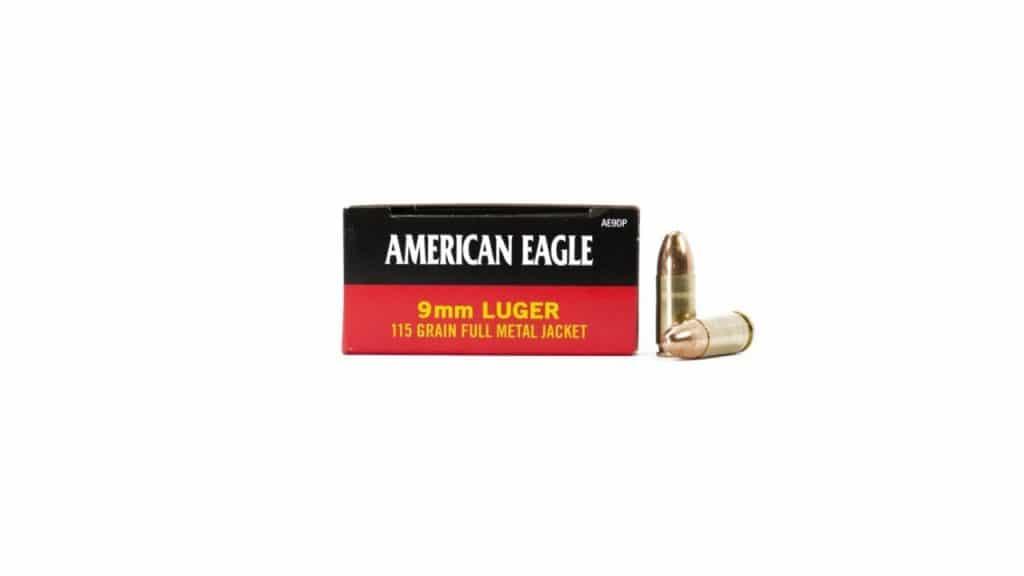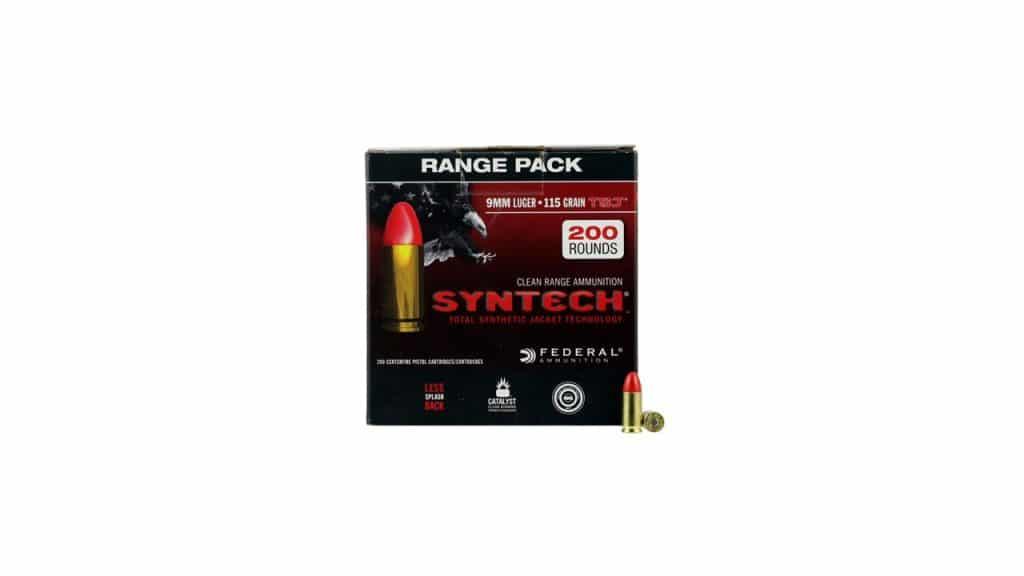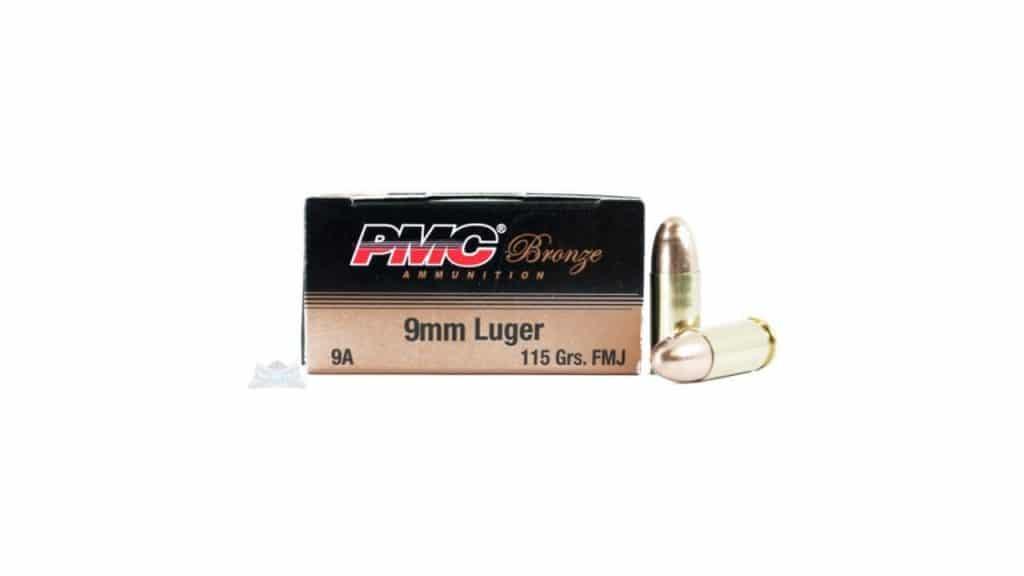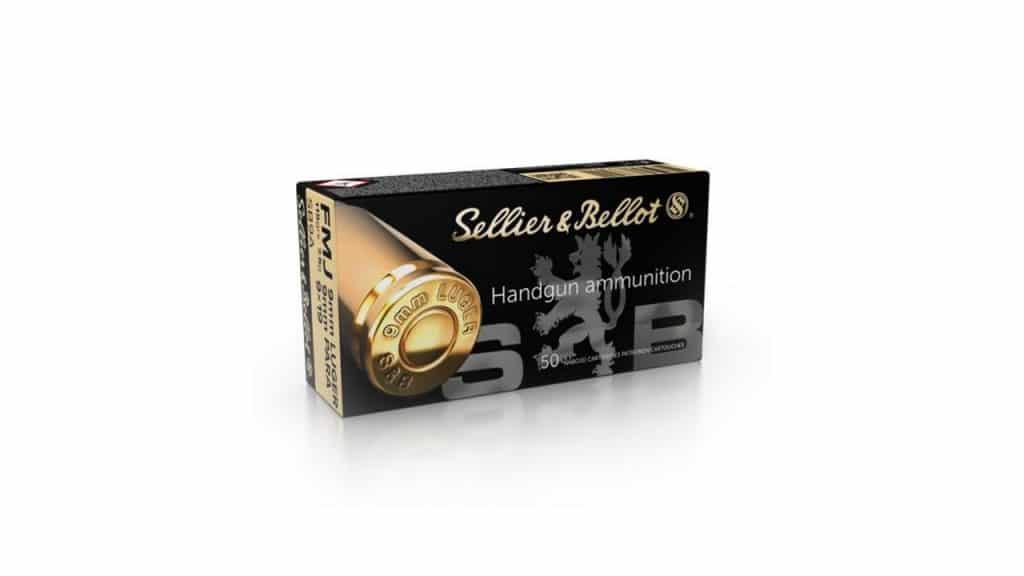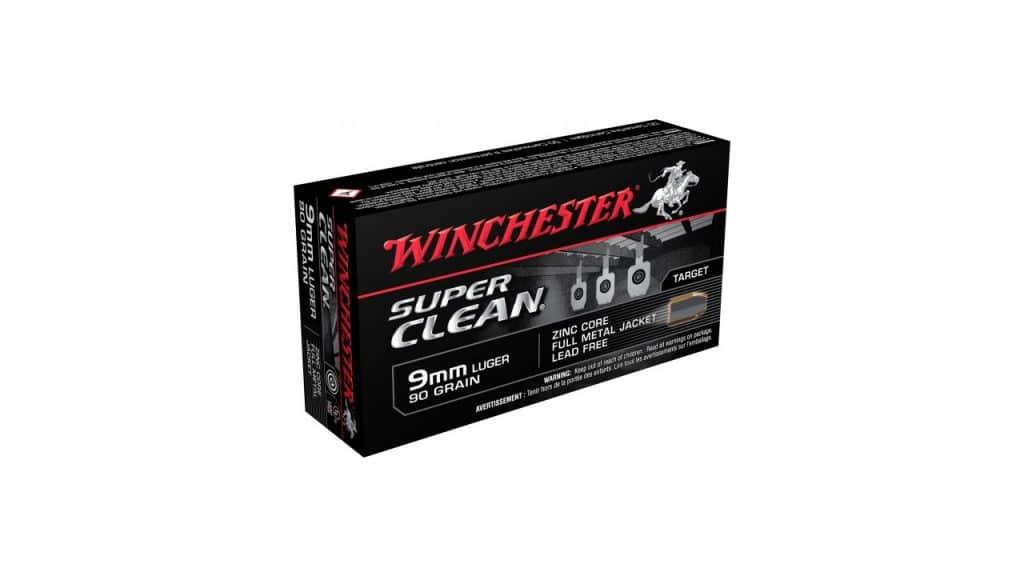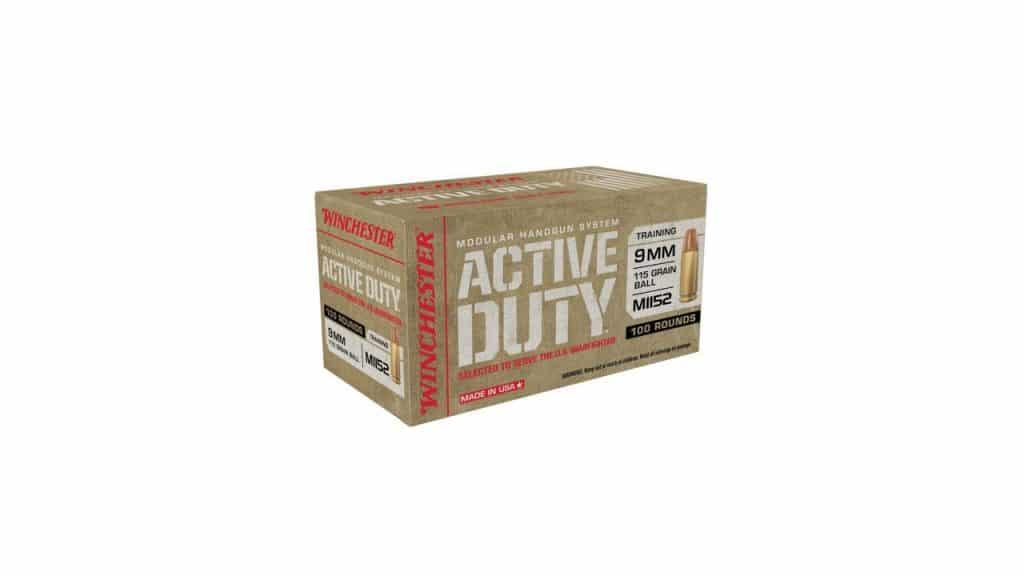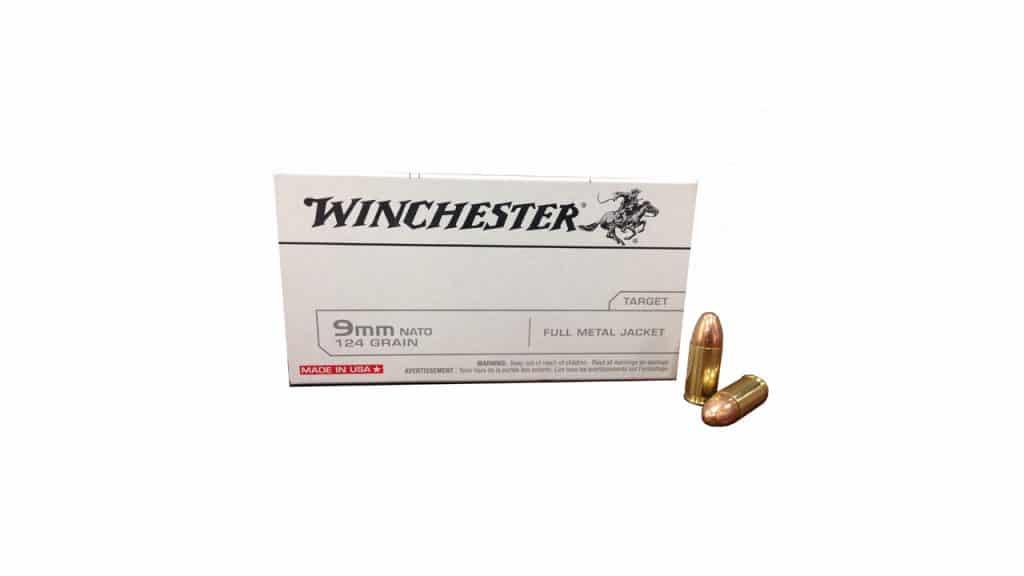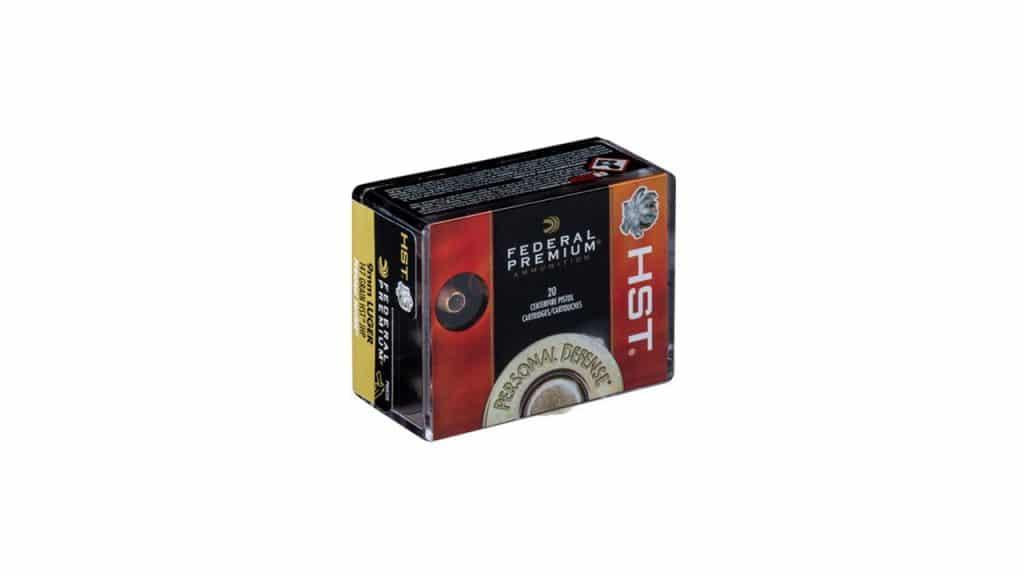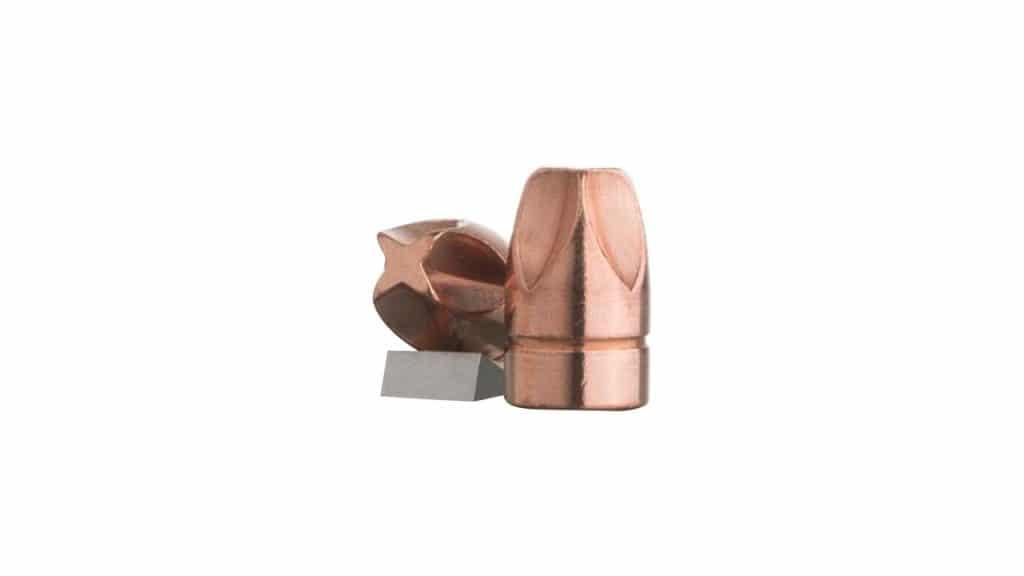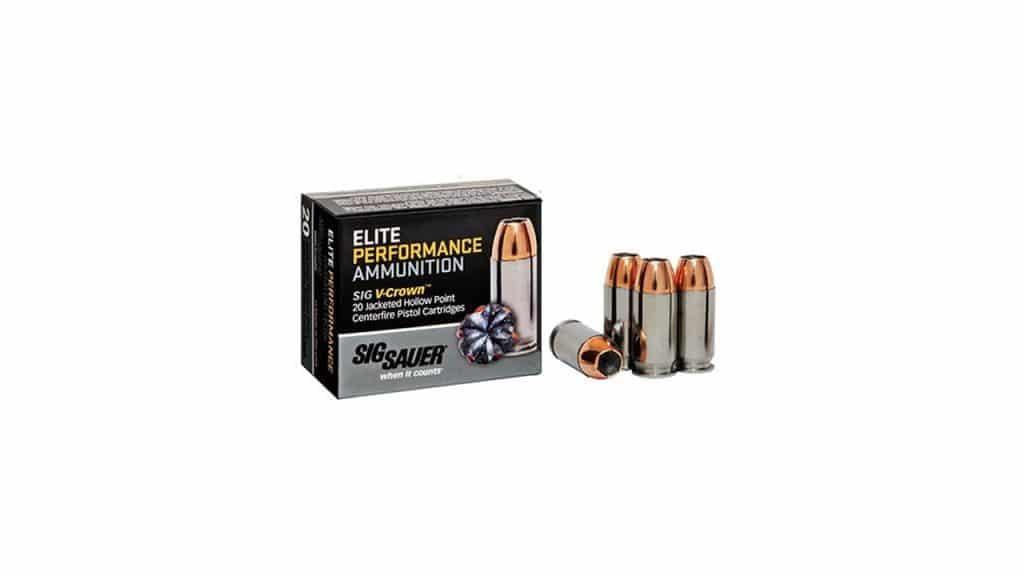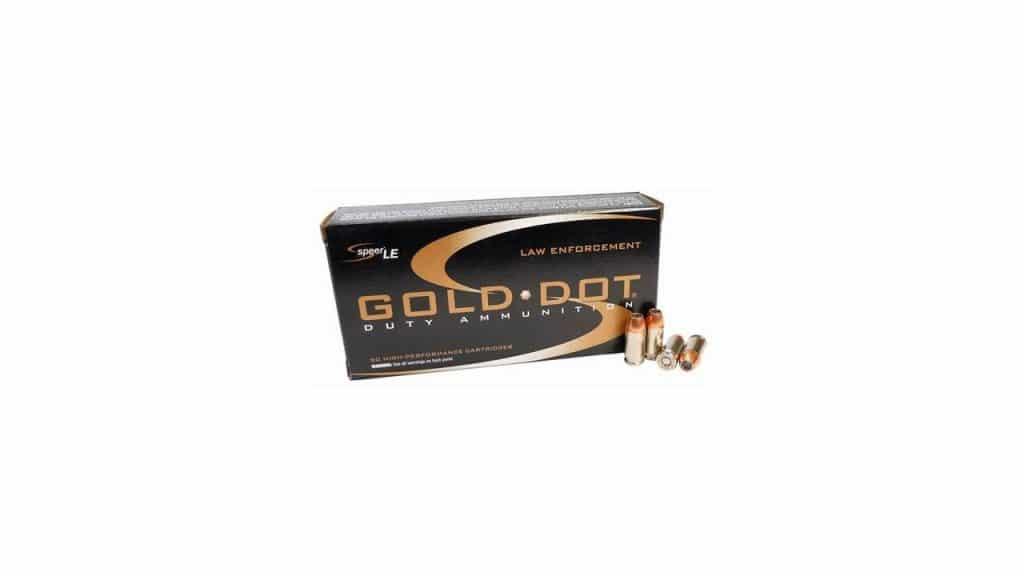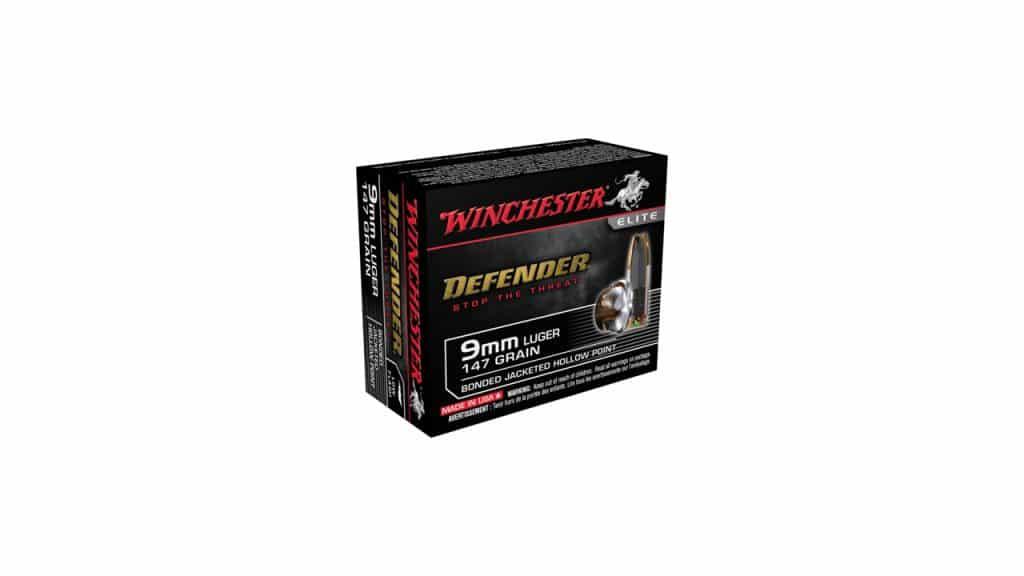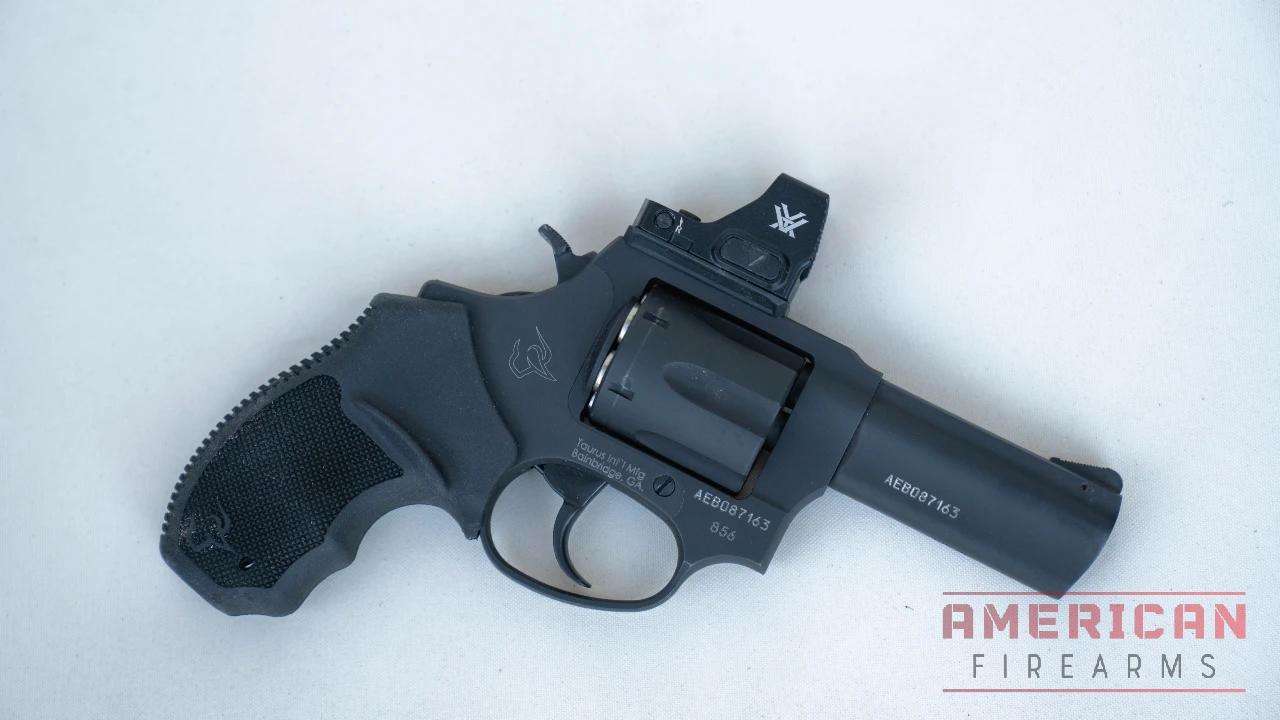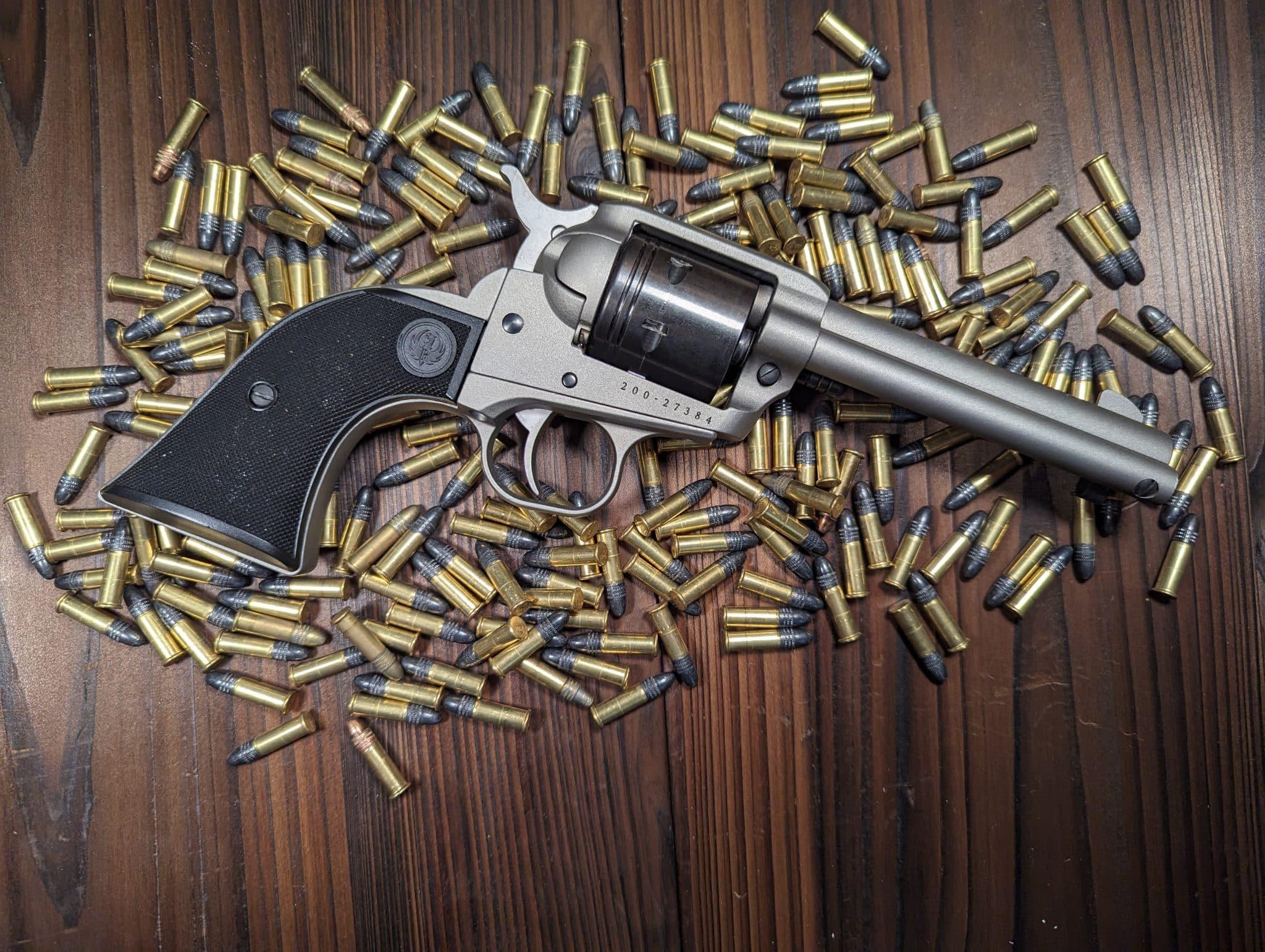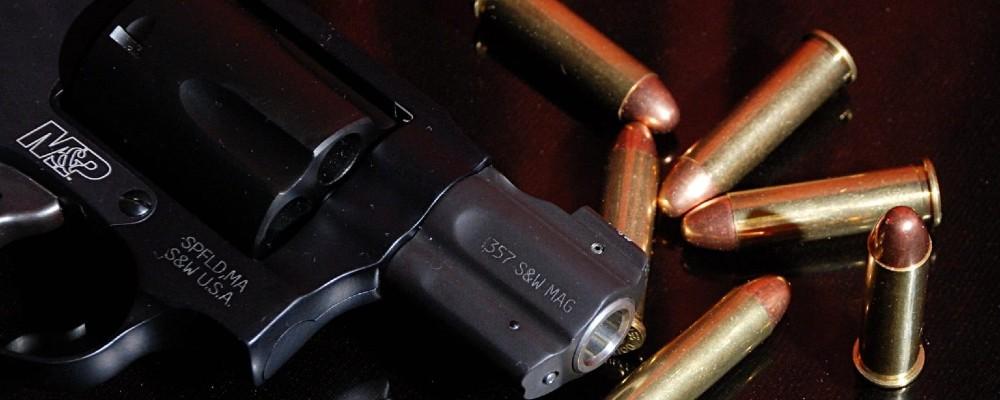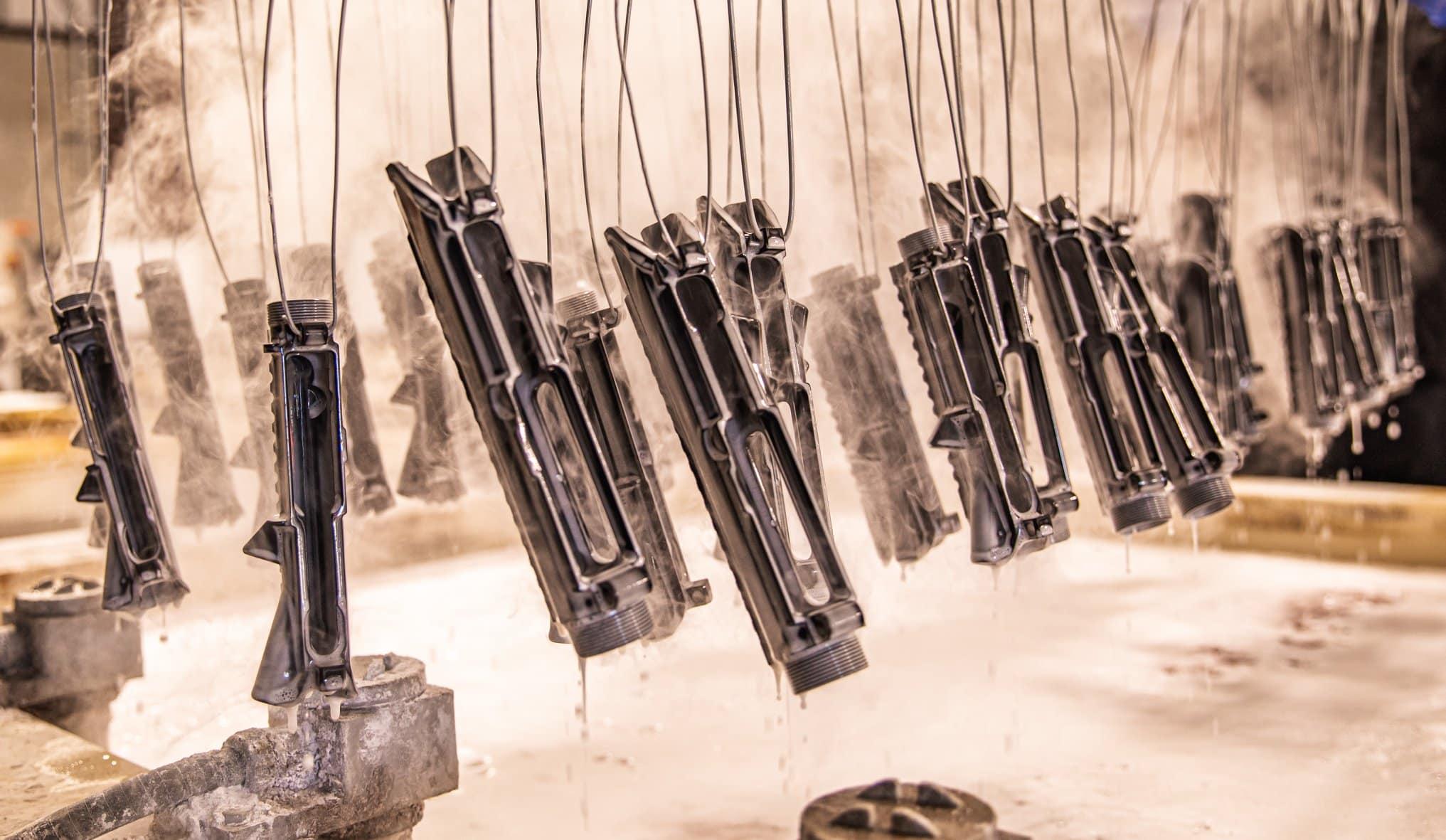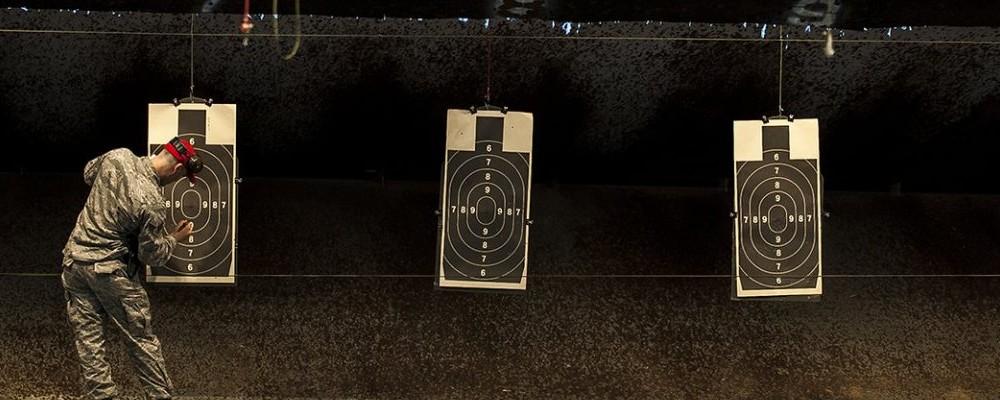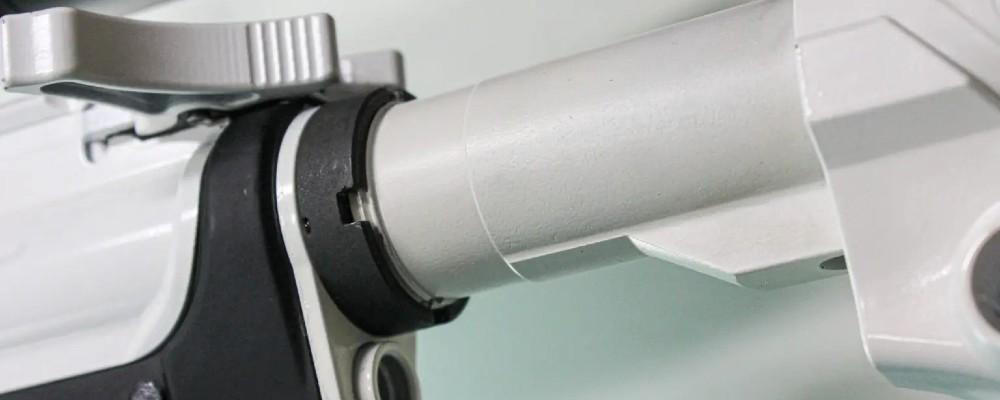Best 9mm Ammo: Hollow Point, Range & Self-Defense Rounds
Written By
Michael Crites
Licensed Concealed Carry Holder
Reviewed by
Editorial Team
Learn About The Editorial Team
Share:
Products are selected by our editors. We may earn a commission on purchases from a link. How we select gear.
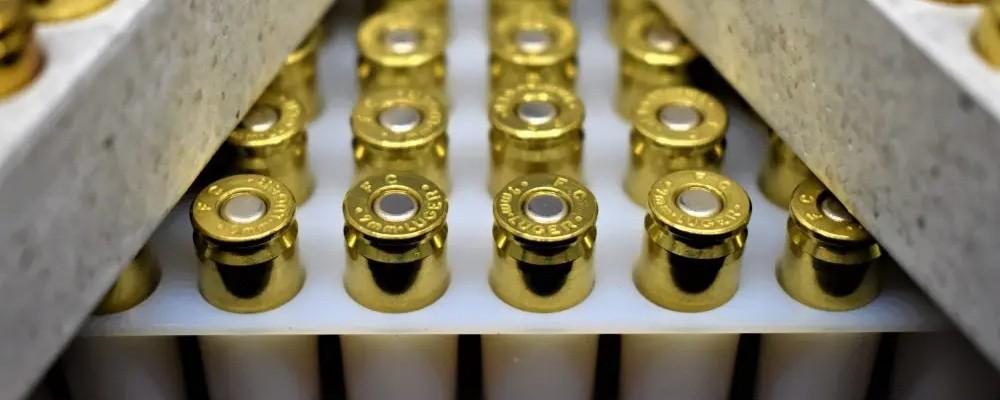
Updated
Jun 2025
Possibly the most popular centerfire ammunition made today, and almost certainly one of the most prolific, landing on the right 9mm ammo load for home defense, plinking, or carry ammo can sometimes get a little overwhelming.
We dive deep into the world of Herr Luger to point you in the right direction for the ever-popular 9mm — both for range time and self-defense.
This article is part of our series on Gun Basics.
In This Article
Understanding 9mm Ammunition Basics
Where did the 9mm come from?
The grandfather of some of the first successful semi-automatic handguns, Austrian engineer Georg Luger not only developed the infamous toggle-action “bad guy” pistol that carries his name but in 1902 designed a round that both outlived him and the gun for which it was created.

While early Lugers were chambered in 7.65x21mm, a .30 caliber rimless bottleneck cartridge also invented by Herr Luger, military customers were hungry for a round with a bit more umpf.
This led to a fatter, 9mm bullet on a shorter, 19mm long case that simultaneously worked better in the Luger pistol.
The resulting 9x19mm cartridge designed by Luger was marketed as the “Parabellum,” Latin “for war” and today the round is still known interchangeably as the 9mm Luger after its creator or as the 9mm Para/Parabellum. Fun fact for future discussions around the gun counter.
Who uses the 9mm?
While first just marketed by the German firm of DWM for their Luger pistols, and adopted by the military of Kaiser Wilhelm in 1904, the 9mm soon spread away from its Central European birthplace.
The Finnish Lahti L-35, introduced in 1929 and later tapped by Sweden and Denmark, used the round.

John Browning’s final invention, the famed Browning Hi-Power pistol, hit the market in 1935 chambered in 9mm and within a decade the full-sized pistol been adopted by the militaries of over 30 countries. Poland likewise went with the caliber for their new and well-liked VIS pistol the same year.
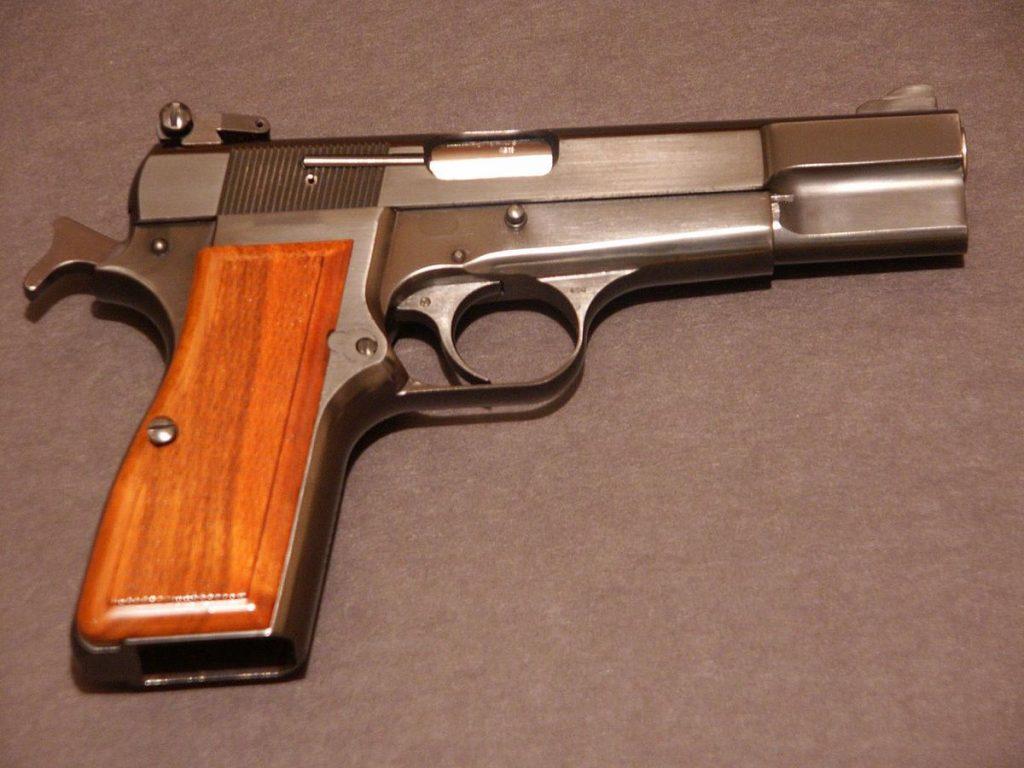
Although the Germans officially dropped the Luger in favor of the simpler Walther P-38 just before World War II, they kept its 9mm round and expanded the use to a variety of submachine guns.
By the 1950s, it was official as the French army went 9 with the MAC 50 pistol, the Italians followed with the Beretta Model 1951, the Swiss with the Sig P210, and, even in America, the U.S. Army was evaluating the Smith & Wesson Model 39 for use.

In 1962– right at six decades after it was introduced– the formerly rare and usual 9mm became the NATO standard for handguns and submachine guns/PDWs and has held on to that title ever since.
Within a decade, the second generation of American 9mm pistols was being marketed, led by the 15+1 shot capacity S&W Model 59. By the 1980s, with European makers busy exporting guns like the CZ 75, Beretta 92, HK P7, and Sig P226 to hungry users from New York to California, the “Wondernine” revolution took place and Ruger, S&W, and even Colt soon jumped in with both feet.
The FBI adopted the 9mm as their standard round in 1986 in the aftermath of the terrible Miami Shootout where .38s came up short and, despite a flirtation with .40S&W after 1996, went back to the 9mm in 2015.
Today, the round is the most popular in the country and more firearms makers produce handguns in 9mm than any other caliber.
Why is it so popular?
Look, nobody sat up one day and said, “Hey, you know that bullet used in the Luger? Well, I think it is the greatest pistol round ever made,” and then everyone just clapped and seconded the notion with “hear, hears” all around.
The fact is the cartridge has benefited from over a century of advances in ballistics and ammunition development to become what it is today.
Sure, you can take a circa 1902-minted 9mm round and, so long as its components have not deteriorated, load it in a modern Glock G17 that came off the assembly line yesterday and fire it, but current rounds are much more effective, due to modern bullet design; reliable, due to low-flash/low-volume powders; and are less corrosive due to improvements in primers and cases.
With that being said, the 9mm splits the difference between smaller underperforming rounds such as the .32 and .25 ACP, which have a reputation of being in the realm of “mouse gun” fodder generally finding homes in pocket pistols with decidedly short barrels, and larger cartridges like the 10mm Auto and .45 ACP which require dimensionally larger guns and have the downside of producing stout felt recoil, especially with smaller statured users.
Meanwhile, the 9mm still delivers sufficient ballistic performance in FBI tests, making it capable as a duty round in self-defense loads.
In short, while no pistol cartridge is a “do all” round, the 9mm comes a lot closer than just about any other.
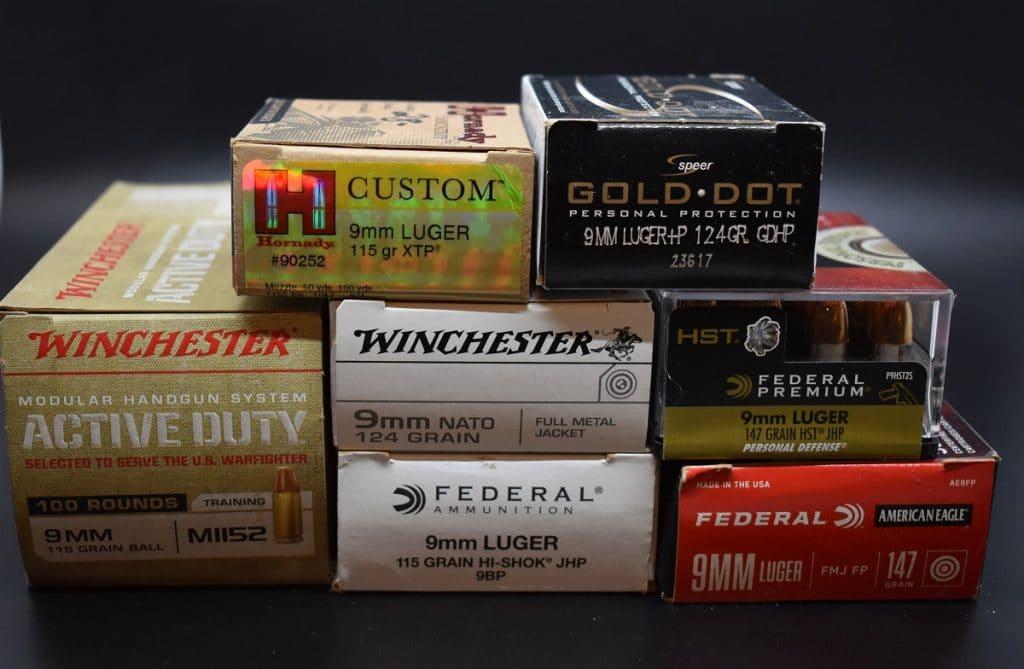
Ammunition Components Explained
Casings
For a long time, the only type of case in the 9mm game was brass metallic. The reason that brass has for over a century been the standard for both rimfire and centerfire cartridges of all stripes is that it is cheap, reliable, soft enough to not mar steel, and –perhaps most important– is incredibly resistant against rust and oils for the money.
Fundamentally it is hard to go wrong with a brass-cased cartridge.
Stepping up for there are nickel-plated cases, which are typically just seen in higher-end defensive ammunition loads.
With a lower friction coefficient, it feeds better, especially under dirty conditions, and is stronger– allowing a higher level of confidence in up-charged +P offerings.
Reloaders love nickel as well, as it can usually be recycled 10 or more times, something you just can’t get out of a brass case.
On the lower end of the spectrum, steel and aluminum cased ammo generally cannot be reloaded. These are typically just seen in ammo hailing from Eastern Europe in the case of steel loads or in cheap/low-powered practice/specialty rounds.
One particular concern on steel-cased loads, at least on 9mm pistols, is that they have developed a reputation of being hard on extractors which were typically designed to accommodate softer brass cases.
This can lead to premature wear and parts replacement, especially when burning through untold numbers of cheaper bulk ammo.

Bullet types
Back in the good old days, the bullets used in factory-loaded cartridges were either simple lead round-nosed, typically abbreviated as LRN, or fully jacketed with a metal sleeve over the lead, hence the term full metal jacket or FMJ.
For those who wanted a more effective round, bullets could be “dum-dummed” in the field by drilling holes in the end or chopping down jackets to expose the lead core. This produced the first hollow-point bullets, designed to expand upon impact and mushroom out.
Today, while factory jacketed hollow point (JHP) rounds are commonly available, manufacturers have developed dozens of niche subclasses between the two extremes.
This includes the semi-jacketed hollow point (SJHP), wadcutter and semi-wadcutter (WC/SWC), and the like.
In short, FMJ and TMJ rounds will not expand on impact while assorted hollow points will, with the former best used for target practice and the latter for self-defense.
The rub on all this is that some semi-autos, especially older guns designed before the 1970s when hollow-points became the norm, have shallow feed ramps intended for pointed FMJ style bullets and will jam on the blunter JHPs.
Keep that in mind when selecting ammo.
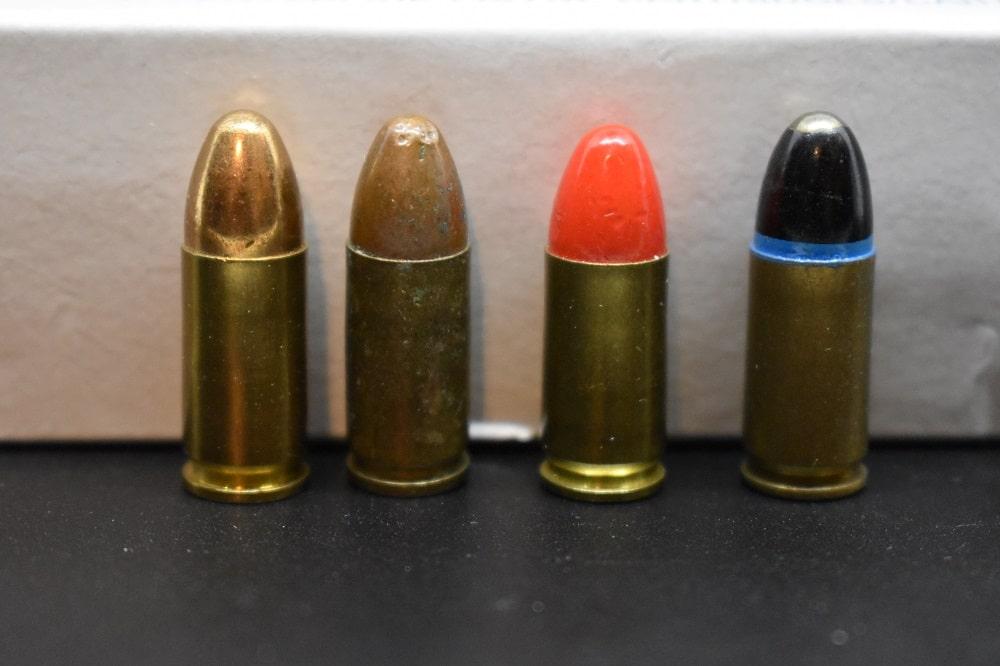
Bullet weight
Most 9mm loads currently on the market come in one of three flavors: 115-grain, 124-grain, and 147-grain, with the lightest of those being the most common.
The 115 is used so frequently and best matched to the 9mm that the U.S. military has recently adopted the M1152 ball load in that weight. The 124-grain loads are typically seen in military surplus offerings as that weight, especially on FMJ or ball ammo is NATO standard.
When it comes to 147s, these are usually for two different types of loads– high-performance hollow points and those for subsonic ammo. Of note, the Army’s new M1153 hollow point uses a 147-grain bullet.
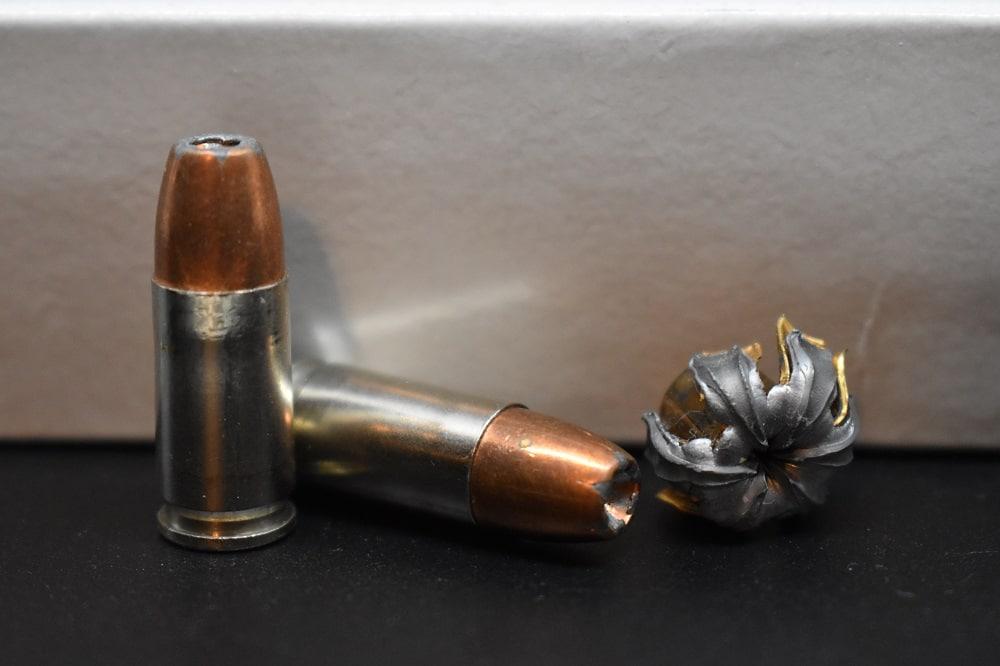
Which weight should you choose?
The right weight depends on the gun and its intended use. For target ammo and all-around general purpose uses, 115-grain loads are typically the mildest recoiling, most frequently encountered, and least expensive.
There are also several great 115-grain self-defense loads. The best thing is to try several loads and see what works best but know that the impact relative to the point of aim can vary significantly when switching bullet weights, so hit the range before you hit the streets.
Training Ammo Picks
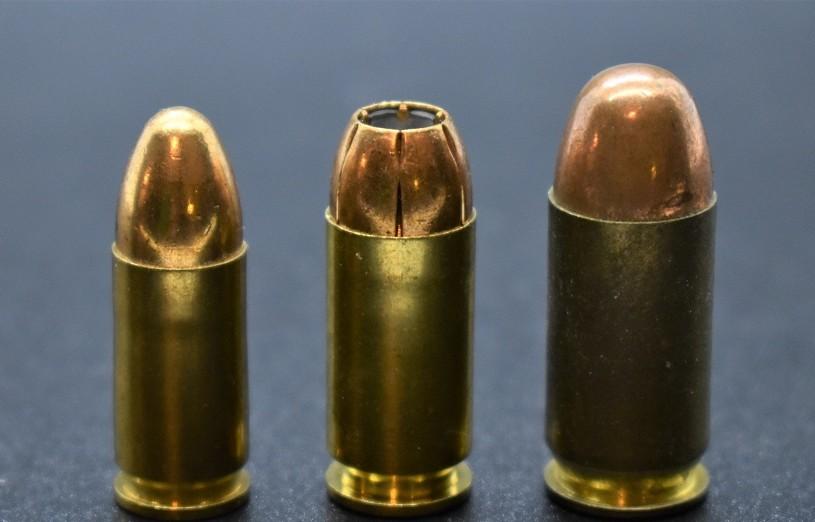
Training ammunition forms the backbone of your shooting development, and choosing the right loads for range use can significantly impact both your skill progression and wallet.
Quality range ammo should cycle reliably in your firearm, provide consistent accuracy, and minimize barrel fouling during extended practice sessions.
For most shooters, Full Metal Jacket (FMJ) rounds offer the best balance of affordability and performance. These typically cost 30-50% less than premium defense loads while delivering the consistent function needed for skill building. The key is finding loads that closely match your carry ammunition’s point of impact and recoil characteristics.
| Factor | Importance | What to Look For |
|---|---|---|
Reliability | Critical | Consistent ignition feeding extraction |
Cost per Round | High | $0.25-$0.45 for quality brass-cased |
Accuracy | Medium | 2-4 inch groups at 25 yards |
Cleanliness | Medium | Minimal fouling non-corrosive primers |
Recoil Match | Low-Medium | Similar feel to carry ammo |
Quality training loads should produce minimal smoke, leave your barrel relatively clean after 200+ rounds, and maintain consistent velocities shot-to-shot. Avoid steel-cased ammunition in firearms not specifically designed for it, as extraction issues can develop over time.
When it comes to range ammo, the numbers tell the story of what you’re really getting for your dollar. We’ve put popular training loads through their paces using standardized testing protocols to give you the straight dope on what performs and what falls short.
Our testing methodology involves firing 50-round samples through 4-inch barrels at controlled temperatures, measuring velocity 15 feet from the muzzle using professional chronographs. Accuracy testing is conducted at 25 yards from a ransom rest to eliminate human error.
| Load | Bullet Weight | Muzzle Velocity (fps) | Energy (ft-lbs) | Accuracy (inches) | Cost per Round |
|---|---|---|---|---|---|
Aguila 115gr FMJ | 115gr | 1158 ± 23 | 342 | 2.8 | $0.28 |
Federal Champion 115gr | 115gr | 1145 ± 31 | 335 | 3.1 | $0.32 |
PMC Bronze 115gr | 115gr | 1163 ± 19 | 346 | 2.6 | $0.35 |
Winchester White Box 115gr | 115gr | 1139 ± 28 | 331 | 3.4 | $0.30 |
S&B 115gr FMJ | 115gr | 1237 ± 26 | 391 | 2.9 | $0.33 |
Federal Syntech 115gr | 115gr | 1150 ± 15 | 338 | 2.4 | $0.42 |
The standout performer in our testing was PMC Bronze, delivering the tightest velocity spread and excellent accuracy while maintaining reasonable cost. Federal Syntech impressed with its consistency but commands a premium price. Sellier & Bellot runs notably hot, which some shooters love for the extra snap but may accelerate wear in lighter-framed pistols.
Key Takeaway: Don’t chase the cheapest price if it means sacrificing reliability. The difference between a $0.28 round and a $0.35 round disappears quickly when you factor in time spent clearing malfunctions at the range.
Packaged in grey and white boxes, don’t let the fact that this stuff is made in Mexico and is some of the least expensive brass-cased ammo on the market sour you on it as a dependable and reliable range choice.
Marketed in a distinctive red box with a plunging bald eagle logo, this is Federal’s “cheap stuff” but make no mistake, it is still loaded to the same specifications and in the same factory as the company’s Premium loads, just in a load geared towards target shooting, training and practice
Using a lipstick red polymer-encapsulated bullet that prevents metal-on-metal contact in the bore, and thus eliminating copper and lead fouling this load from Federal is ideal for extending barrel life despite long range sessions.
Generating 1,150 fps this South Korean ammo is some of the most reliable and clean shooting 9mm on the market.
Based in the Czech Republic, S&B is relatively new to the U.S. market but has been in the ammo biz for almost 200 years and makes some high-quality stuff. Their 115-grain 9mm practice ammo is kinda hot, clocking in at 1,237 fps, but it is dependable.
A lead-free option for ranges that require it or users that prefer it, this load features an FMJ bullet with a zinc core that delivers and well-suited for indoor use.
The current U.S. military handgun ball ammo, this flat-nosed FMJ passed an epic series of trials by the Army to gain adoption in 2017. If it’s good enough for them…it’s likely good enough to take to the range.
A little spicier than some traditional loads, this white-boxed military-spec FMJ is sure to cycle and feed reliably.
Self Defense Ammo Picks

Self-defense ammunition represents your last line of protection, making performance reliability absolutely non-negotiable. Unlike training rounds designed for economy and function, defensive loads must deliver consistent expansion, adequate penetration (12-18 inches in ballistic gelatin), and reliable feeding under stress conditions.
Modern hollow-point designs have evolved far beyond simple cup-and-core construction. Today’s premium defensive rounds feature engineered expansion characteristics, bonded cores for weight retention, and nickel-plated cases for enhanced feeding reliability. The FBI’s rigorous testing protocols have become the gold standard, evaluating performance through barriers like heavy clothing, wallboard, and automotive glass.
| Specification | FBI Standard | Why It Matters |
|---|---|---|
Penetration | 12-18 inches | Reaches vital organs avoids over-penetration |
Expansion | 1.5x diameter | Creates larger wound channel |
Weight Retention | 90%+ | Maintains momentum through barriers |
Velocity | 1000+ fps | Ensures reliable expansion |
Consistency | <50 fps variation | Predictable performance |
Your defensive ammunition should be the same brand and load you’ve tested extensively in your firearm. Many experienced shooters fire 50-100 rounds of their chosen defensive load to verify 100% reliability before trusting their lives to it.
Personal Defense Ammunition: Performance Testing and Ballistics Data
Self-defense ammunition lives or dies by its terminal performance, and the FBI’s standardized testing protocols have become the gold standard for evaluating what really works when it counts. We’ve subjected top defensive loads to the full battery of tests, including bare gelatin, heavy clothing, wallboard, plywood, and automotive glass barriers.
Our testing uses calibrated 10% ordnance gelatin blocks at 39°F, measuring penetration depth, expansion diameter, and weight retention. Each load is fired through five different barrier materials to simulate real-world encounters. Velocity measurements are taken at 10 feet to reflect typical defensive distances.
Defense Load Terminal Performance Data
| Load | Weight | Muzzle Velocity (fps) | Bare Gelatin | Heavy Clothing | Through Drywall | Expansion | Weight Retention |
|---|---|---|---|---|---|---|---|
Federal HST 124gr | 124gr | 1150 fps | 14.2" | 15.1" | 13.8" | 0.62" | 98% |
Speer Gold Dot 124gr | 124gr | 1135 fps | 13.9" | 14.6" | 14.2" | 0.58" | 95% |
Winchester Ranger-T 147gr | 147gr | 990 fps | 15.8" | 16.2" | 15.4" | 0.65" | 99% |
Hornady Critical Duty 135gr | 135gr | 1010 fps | 15.1" | 14.8" | 15.6" | 0.59" | 97% |
Sig V-Crown 124gr | 124gr | 1165 fps | 14.5" | 15.3" | 13.6" | 0.61" | 96% |
Federal HST 147gr | 147gr | 1000 fps | 16.1" | 16.8" | 15.9" | 0.68" | 99% |
Barrier Penetration Performance
Load | Auto Glass | Heavy Clothing | Plywood | Steel | Drywall |
Federal HST 124gr | Excellent | Excellent | Good | Fair | Excellent |
Speer Gold Dot 124gr | Excellent | Excellent | Excellent | Good | Excellent |
Winchester Ranger-T 147gr | Good | Excellent | Excellent | Excellent | Good |
Hornady Critical Duty 135gr | Excellent | Good | Good | Good | Excellent |
Federal HST and Speer Gold Dot consistently deliver FBI-spec performance across all test protocols. The 124-grain loads offer the best balance of expansion and penetration for most users, while 147-grain options excel when deep penetration through barriers is paramount.
Real Talk: Any load in this table will get the job done if you do yours. The difference between “good” and “excellent” terminal performance matters far less than shot placement under stress. Pick a load that feeds 100% reliably in your gun and stick with it.
Still producing over 1,000 fps velocity despite the specially designed ash-tray-sized hollow point, Federal’s HST zips through FBI standard tests, producing the optimal desired penetration, expansion, and weight retention for personal defense situations without over penetrating.
This one hits all the high notes you look for in a premium personal protection loading. Federal uses a bullet with a skived jacket and soft lead core along with nickel-plated brass and a sealed primer to provide reliable feeding, ignition, and performance.
Hornady Critical Defense uses nickel-plated cartridge cases, low-flash propellants, and an advanced Flex Tip hollow-point bullet that shrugs off clogging to produce an exceptional all-around self-defense round.
Billed to produce 16 inches of penetration in FBI ballistics gelatin and a permanent wound cavity “near that of a 5.56 rifle round,” Lehigh’s CNC machined copper solid bullet with radial flutes is different, but you have to pay to play.
Long known for their brass and bullets, which have been used by ammo makers to craft top-shelf loads for generations, Nosler recently started marketing their own all-up 9mm self-defense cartridges.
True to form, they are match grade with powder charges meticulously weighed and finished rounds visually inspected and polished.
Yes, Sig makes ammo, and as you would expect, makes it extremely well. Their V-Crown Elite series gets its name from the consistent V-shaped main cavity on top of a deep narrow trail with superior weight retention, maximum expansion, optimal penetration depth.
Used extensively by law enforcement customers at all levels, Speer’s Gold Dot Hollow Point provides consistency, uniformity, and optimal performance through a variety of barriers.
Those who wear a gun professionally as a tool every day often tend to rely on Speer.
Immediately identified by its black and red box as opposed to Winnies normal white boxes, their Defender Elite series is designed to provide “maximum stopping power” for personal defense.
The secret sauce is that they use an innovative bonding process to effectively weld a notched jacket to a lead core, producing a mushroom that is up to 1.5 times the original bullet’s diameter, maximizing energy transfer.
Buying Guide and Brand Recommendations
Brand recognition
The market for ammo makers is crowded, with both domestic and overseas factories hard at work to fulfill a demand that grows every year with an expanding worldwide population of gun owners and users.
This means that, along with household names, there are dozens of new faces appearing on the scene and on the shelves. Some of these are store labels, for instance, Academy Sports rebrands some Privi Partisan and Tula loads under their Monarch banner just as Bass Pro/Cabela’s does with Winchester, Fiocchi, and others for their Herter’s brand.
In the interest of safety, it is always best to stick with factory fresh ammunition– not reloads unless you can personally vouch for their quality– made by a reputable manufacturer with years of experience.
When it comes to 9mm offering, this includes such brands as Aguila, Barnes, CCI, Federal, Hornady, Lehigh Defense, Magtech, Nosler, PMC, PPU, Remington, Sellier & Bellot, Sig Sauer, Speer, and Winchester.
What to avoid
Things to steer away from are ammo with multiple headcase stamps sold in unmarked cartons or bags or loads from companies you have never heard of such as “Lucky Joe’s Moody Ammo Co, LLC.”
While military surplus 9mm pops up on the market from time to time, typically from European or Asian countries, keep in mind that such rounds will usually have very hard primers that can increase wear on strikers if used excessively, and, as it has often been in sometimes questionable storage for decades, can have high failure rates for hang fires, misfires, and duds.
Additional Resources
Sign up for our newsletter
Get discounts from top brands and our latest reviews!





